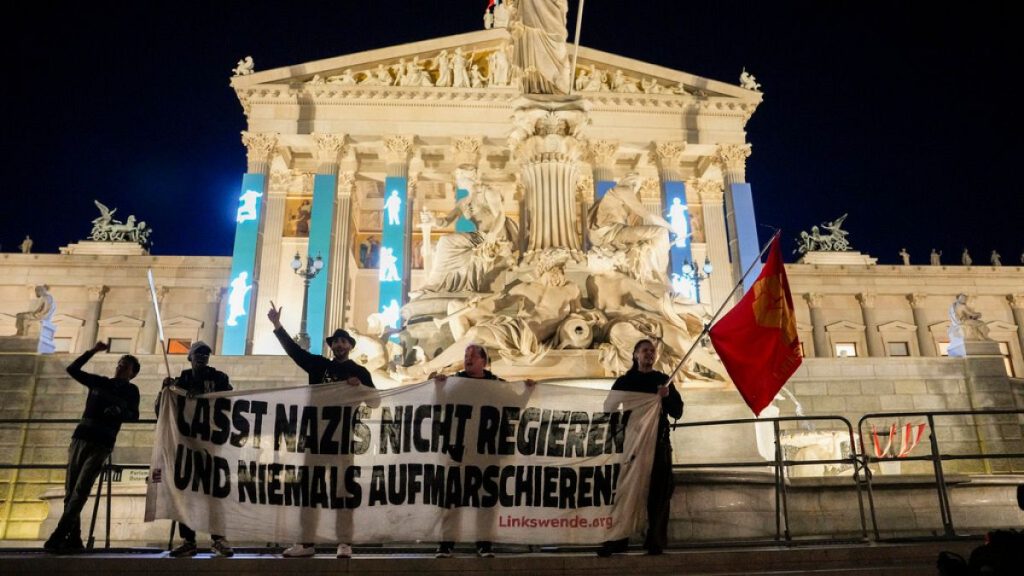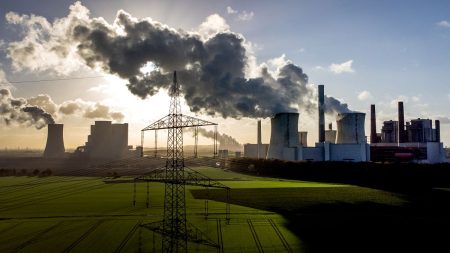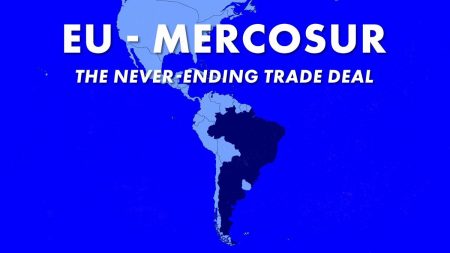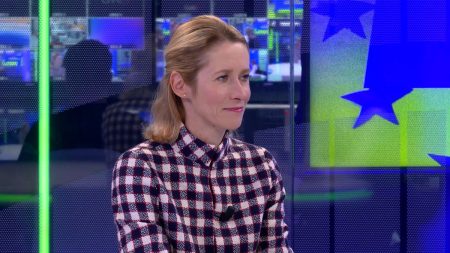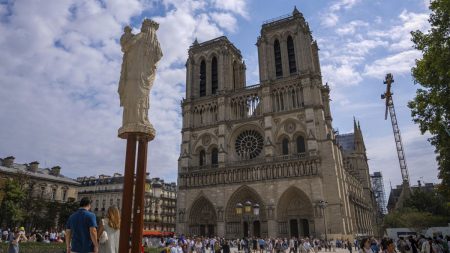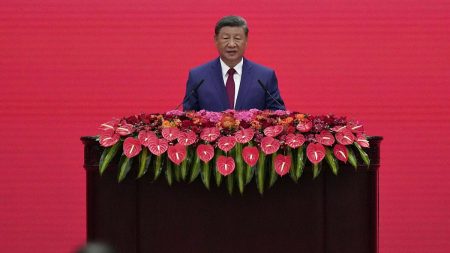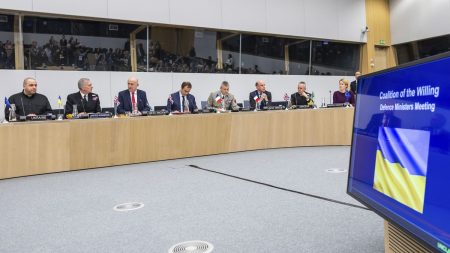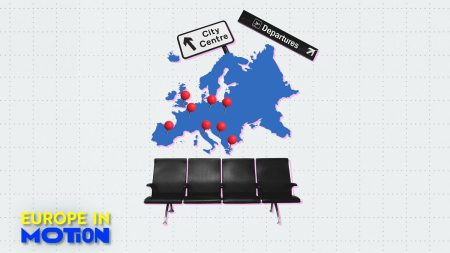Thousands of protesters marched through central Vienna on Thursday evening to urge Austria’s political parties, particularly the center-right People’s Party (ÖVP), not to enter into a coalition with the far-right Freedom Party (FPÖ). The FPÖ, led by controversial and eurosceptic leader Hebert Kickl, won 29% of the vote in the recent elections, marking the first time the party emerged victorious in its history. The FPÖ campaigned on an anti-immigration platform and promises to boost the country’s economy. Without a full majority, the party would need to form a coalition government in order to lead the country, which has not been ruled by the far right since World War II.
Austria’s other parties, including the center-left Social Democratic Party (SPÖ), the Green party, and the liberal political party NEOS, have ruled out entering a coalition with the FPÖ. The previously ruling ÖVP, who scored 26% of the vote, is seen as a kingmaker in forming a coalition government. The ÖVP has opened the door to collaborating with the FPÖ under the condition that Kickl is not part of the government. Kickl, who has expressed his intention to be part of a future government, is a controversial figure in Austrian politics, referring to himself as the “Volkskanzler” or “chancellor for the people,” a Nazi propaganda term associated with Adolf Hitler. The protesters at the demonstration held signs saying “it’s Thursday again,” referencing similar protests in 2000 against the ÖVP entering into a coalition with the FPÖ.
The FPÖ has been part of Austria’s government twice before as a junior partner in a coalition. President Alexander Van der Bellen has opened talks with the leaders of all parties, starting with Kickl, on forming a potential coalition government. While the president traditionally invites the leader of the majority-winning party to form a government, Van der Bellen has indicated that he will not automatically give the task to the FPÖ leader. The discussions are expected to be protracted, and it is currently unclear what an alternative coalition would look like in Austria. The FPÖ’s victory in the recent elections has raised concerns among many Austrians, leading to the large protests urging the political parties not to align with the far right.
The protest against joining a coalition with the FPÖ comes at a critical time for Austria, as the country grapples with the possibility of a far-right government for the first time in decades. The FPÖ’s success in the elections has sparked fear and concern among many Austrians who worry about the implications of a far-right government. The protest, attended by around 25,000 people, aimed to send a strong message to the country’s political parties to reject any potential coalition with the FPÖ. The protesters voiced their opposition to the FPÖ’s anti-immigration stance and emphasized the importance of maintaining a government that upholds democratic values and principles.
The upcoming negotiations for forming a coalition government in Austria are expected to be complex and contentious, as parties try to navigate the implications of aligning with the far right. The ÖVP’s willingness to consider a coalition with the FPÖ under certain conditions has added uncertainty to the political landscape in Austria. The country’s president plays a crucial role in determining the formation of a new government, and President Van der Bellen’s approach to the negotiations will be closely watched. As Austria faces a pivotal moment in its political history, the outcome of the coalition discussions will have far-reaching implications for the country’s future direction and its relationship with the far right.




